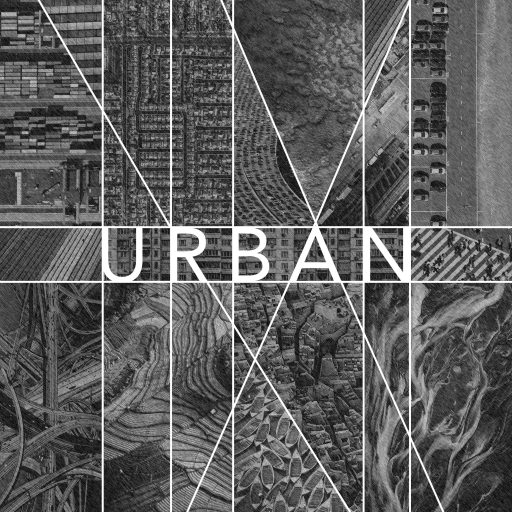Union Square is a square. Madison Square is a square too. Even Herald Square is a square. But Times Square is not a square. In fact, it is nothing but a glorified intersection. At least, that’s the way it had been until Broadway was closed to traffic in 2009, finally creating a desperately needed public square.
In this case, “square,” refers not to the four-sided polygon, but the dictionary definition of “an open area or plaza in a city or town, formed by the meeting or intersecting of two or more streets.” The fact is that Times Square had long been a square in name only; for decades it did not have an open plaza. For all of its length in Manhattan, Broadway forms a square with a public park or plaza wherever it crosses an avenue — Union Square at Fourth Avenue, Madison Square at Fifth Avenue, Herald Square at Sixth Avenue, and so on.
But where Broadway crosses Seventh Avenue, it intersects at such an acute angle that it creates only four median islands in the shape of a bowtie so narrow that they don’t usually appear on a map.
In the 19th century, the intersection lay at the heart of the city’s carriage-making district, and was called Longacre Square, after Long Acre Street in the carriage-making district of London. With no park or plaza, to call it a “square” was an overstatement that seems to have been made for consistancy’s sake, since the small roped-off medians were simply part of the unpaved streets. Just uptown, Broadway formed Columbus Circle at Eighth Avenue and public squares at Columbus, Amsterdam, and West End Avenues. But at Seventh Avenue, Longacre Square had no square.
The misnomer “Times Square” dates back to 1904, when New York Times owner Adolph Ochs urged Mayor George B. McClellan, Jr. to rename Longacre Square after his newly built headquarters at the south end of the intersection. The building’s opening was marked with a celebration on January 1, 1905, an annual tradition that continues at this location to this day. In fact, the 25-story Beaux-Arts New York Times Headquarters at 1475 Broadway is still there. You’ve probably walked passed it, looked at pictures of it, even watched it on TV, but you’ve never really seen it. Today it’s vacant, plastered with concrete, covered with electronic signs and, on the anniversary of its New Year’s Eve opening celebration, topped by an enormous crystal ball.
City’s annual New Year’s celebration, but the Times headquarters marked the introduction of an invention in 1910 that would define Times Square’s identity to this day: the electronic news ticker. People would gather by the thousands on the sidewalks and the small medians in front of the Times Building to get news and play-by-play accounts of sporting events. The electronic billboards soon followed in 1917. During a big sporting event or New Year’s Eve, the sidewalks of Times Square would become so flooded with people that the intersection was shut down to traffic; there was just no place for people in Times Square.
To accommodate more pedestrian traffic, in 1937 the City paved the largest parcel at the north end of the bowtie and created “Duffy Square,” named after WWI chaplain Father Francis Duffy, whose statue remains there today. In 1945, a military recruiting office occupied the small parcel at the south end of the bowtie sometimes known as “military island.” The recruiting station is still there, but Father Duffy’s plaza did not last; in 1973 theater ticket vendor TKTS opened a ticket booth there that overwhelmed the small plaza.
With little pedestrian space, Times Square’s congestion problems continued. With over 356,000 pedestrians and 50,000 cars passing though every day, Times Square in 2009 was the most congested intersection in New York, yet one of Manhattan’s most vibrant public spaces. Despite this, it hardly had any spaces for people. While there were over seven times as many pedestrians in Times Square as automobiles, 90% of the space was allocated for cars. Both Broadway and Seventh Avenue topped the list of deadliest streets for pedestrians for the period 2007-2009. In 2009, Transportation Commissioner Janette Sadik-Khan announced a $1.5 million project that would close Broadway to vehicle traffic from 42nd to 47th streets and transform it into a public plaza.
The idea was to create a “safer environment for pedestrians, facilitate traffic flow along Seventh and Sixth Avenues, and create new public plazas.” Initially no more than lawn furniture in the street, the changes became permanent in early 2010 with the installation of permanent planters, tables, and chairs. Although the changes never achieved all the traffic reductions promised, pedestrian fatalities sharply declined, and over an acre of public space was repurposed for pedestrians on Broadway. While the problem of congestion is far from solved, for the first time in its history, Times Square is a proper square…a bowtie-shaped square, that is.
By Alex Wallach


ive checked this cool site a few times now and i have to say that i find it quite good actually. continue doing what youre doing!
I really enjoy this design you have got going on on your web site. What is the name of the template by the way? I was thinking of using this style for the blog I am going to build for my class project.
It’s really a nice and useful piece of info. I’m happy that you simply shared this useful info with us.
Please keep us up to date like this. Thank you for sharing.